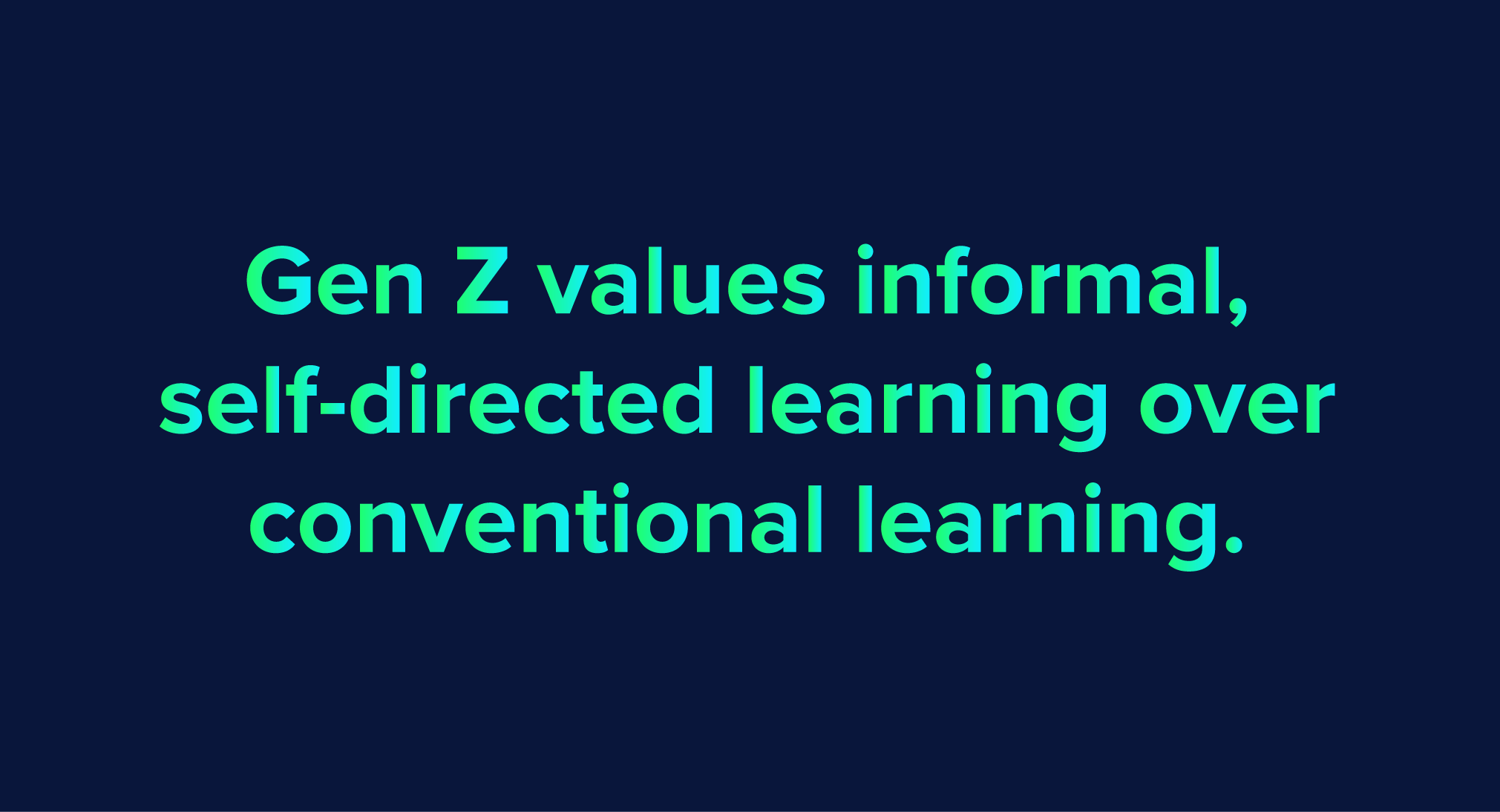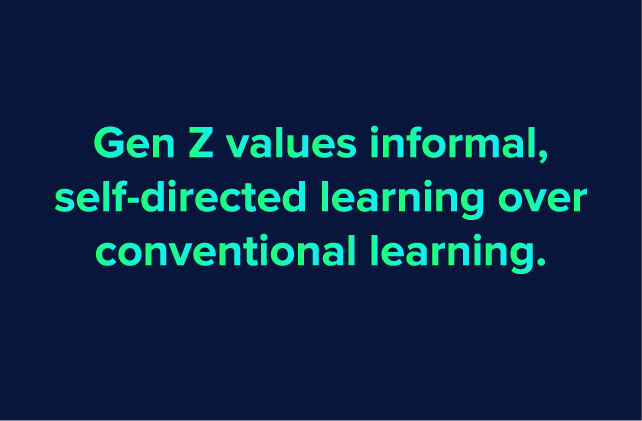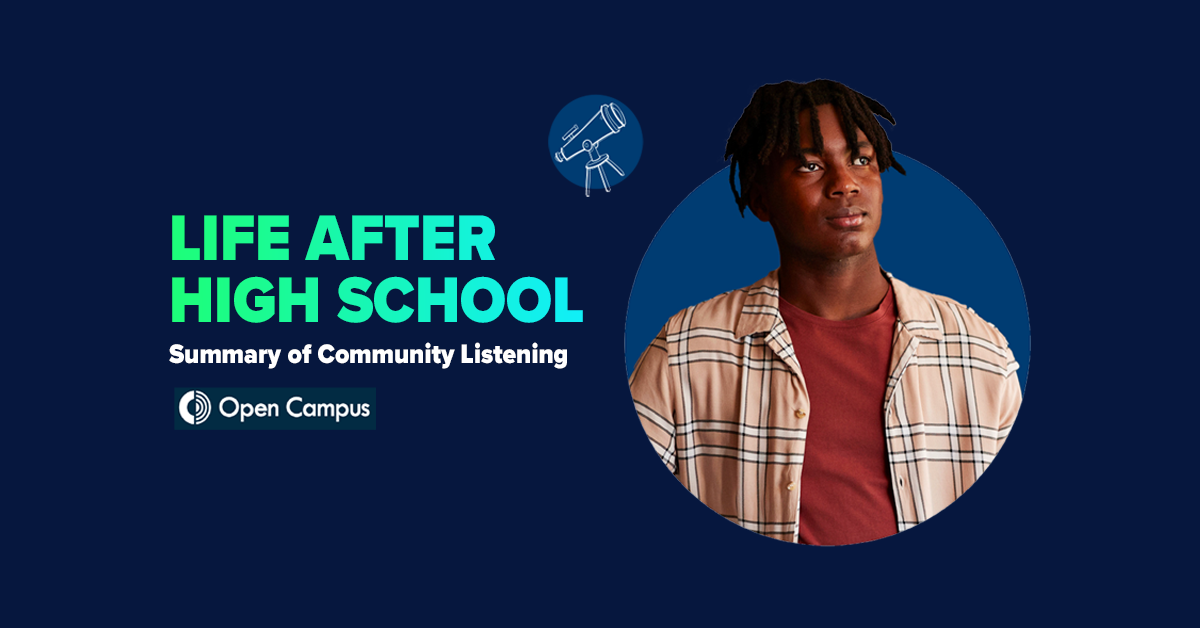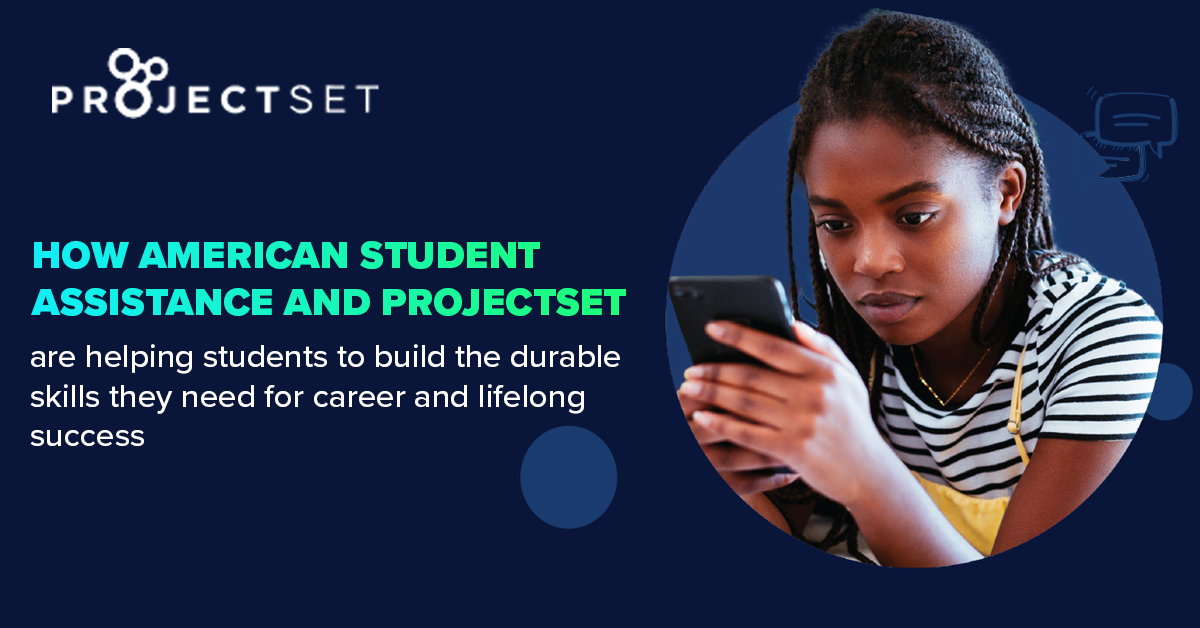The conversation at ISTE LIVE 21 provided insights and best practices on how educators and the edtech ecosystem can keep students engaged and provide them with access to informative career exploration experiences.
Recently, I had the opportunity to sit down with colleagues for a panel discussion at ISTE21 on the topic of “You’re Doing it Wrong: Engaging GenZ through Gaming, Content, and Classroom Challenges.” Our conversation provided insights and best practices on how educators and the edtech ecosystem can keep students engaged and provide them with access to informative career exploration experiences.
The panelists included: Preeya Vyas, Chief Strategy & Innovation Officer, Devito/Verdi, an expert on designing solutions for Gen Z; Alisa Wilke, Vice President, Strategy & Innovation, American Student Assistance (ASA), an expert who heads up innovation at ASA and has her finger on the pulse of what’s working–and what’s not; and Ashley Hemmy, Senior Programs & Curriculum Specialist, American Student Assistance (ASA), former educator who creates engaging career solution experiences for the classroom.
Here are six key takeaways:
#1: Gen Z Approaches to Learning and What Influences Their Career Choices
Gen Z values informal, self-directed learning over conventional learning. “Educating GenZ is about facilitating resourcefulness and the ability to indulge curiosity sparks in a way that is digestible and in formats they naturally enjoy consuming,” according to Vyas. Moreover, today’s youth are not interested in traditional conversations about career planning. Instead, they prefer to take a self-directed approach in terms of making choices. Their decisions are influenced by social causes they care deeply about, their entrepreneurial mindset, hobbies, and interests.
#2: Content that Resonates with Gen Z
Vyas also noted that today’s young people prefer content that is entertaining, authentic, and appeals to diversity. For instance, beyond playing games, Gen Z is particularly interested in communities surrounding the content they consume. They enjoy observing friends on social media platforms, and they also value these communities as their most trusted sources of information, as opposed to news searches on Google. Today’s young people also have a preference for user generated content, long-form content that they find valuable, as well as audio content which enables them to multi-task, as they are consuming content.
#3: Differences between Gamification and Edutainment, and Why the Old Ways of Gamifying Pedagogy Isn’t Working
Wilke weighed in here, noting that while each has a distinct definition, they are often confused and mistakenly used interchangeably. “Gamification is generally applying game-like mechanics to an entire system of a learning process and embeds badges, points, leaderboards, levels, and quests. Edutainment is designed to be fun, but it is also used to teach specific skills or train. Often, we see this in quizzing apps that help with teaching a foreign language or reinforcing math or science skills. Both of these solutions can be effective at motivating students, and they have come a long way in the past 10 years.” Wilke also pointed out that many edutainment games often suffer from poor production quality and lack of actual entertainment. “I see the education industry saying Gamified as if that equates to some amazing UX. But these approaches are not fooling the kids.
#4: Leveraging Commercial Games to Augment Standards-Aligned Pedagogy
While the old ways of gamifying traditional pedagogy, including awarding
badges in the form of leaderboards, do track progress, kids do not enjoy these experiences. Instead, Wilke recommends that educators and edtech innovators leverage the current commercial games on the market to augment the core standards-aligned pedagogy. For instance, through its Becker College Center for Digital Learning Models at Clark University, ASA has tested students’ understanding of the skills they are developing in commercial game play. The results show that video games designed for entertainment alone do teach a number of 21st century skills, including problem solving skills, resource management, teamwork, leadership, time management, and communication.
Specifically, popular games designed for fun like Borderlands 2, Minecraft, and Team Fortress, can help students develop communication skills in addition to adaptability and resourcefulness. Also, while some educators are skeptical of using commercial games, it’s important to note that some games do allow players to design their own experience, which provides a wide variety of experiences for many different types of learners.
#5: Key Insights for Educators: Teens Want Student Agency, Choice and Activities that are Meaningful and Relevant
Lessons, activities, and platforms that leverage student interests and choice can create experiences that are engaging and meaningful for kids, according to Hemmy. For instance, ASA, in collaboration with AMLE, recently hosted its inaugural national ‘Solve Together’ Challenges for middle school students. The competition enables middle school classrooms to tackle real-world problems on a digital platform and leverages student agency by encouraging kids to explore issues they care about and providing lots of opportunities for student choice.
#6: Lastly, I asked each panelist for one piece of advice. Here’s what they said:
- Vyas notes that designing experiences for GenZ starts with connecting everything that they value, including friendships, inspiration, entertainment, agency, expression, connection, information, discovery, and activism.
- Wilke recommends that there is much opportunity to further engage kids in their native environments beyond social media and take advantage of the plethora of games available and the different demographics they serve. For instance, harnessing the data that is captured on the backend of games could be a powerful view into skill attainment and could be a great connection for educators and the edtech sector alike. Designing for fun first is important if educators want kids to fully engage in a game. However, if they have to teach to standards — stick to a well-designed UX that is simple and easy to understand. They can also add separate games as supplementals to create the fun. Examples of fun quizzing apps supplements that Wilke has seen in the classroom is Blooket.
- On gamifying lessons in the classroom, the biggest obstacle is always time. In order to begin building in gamification elements, Hemmy recommends that educators focus on what standards and content-based skills need to be taught, and build their content around student interests. Educators should then think about how they can include choice, in order to give students some ownership of their learning.
To address students’ need for innovative lessons and agency in their work, Hemmy’s recommendation is to start small. “Take one lesson or activity, build in some of these components, and then try it out with your students. And try out one digital resource, whether it be a platform like ASA Solve Together, or a game. See what works and learn the process of building in student choice in your instruction. If there are others in your building also interested, collaborate and share resources. This is a big instructional shift, but the increase in student engagement and achievement is really amazing to witness. And while gamification is fun for students, it’s also really fun to teach and facilitate.”
Thank you for your readership, and we hope you found this useful. Please share your thoughts.




